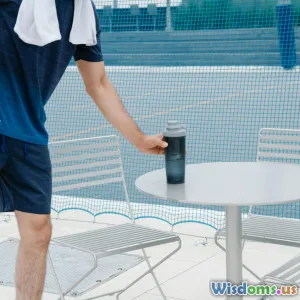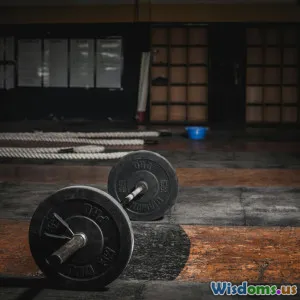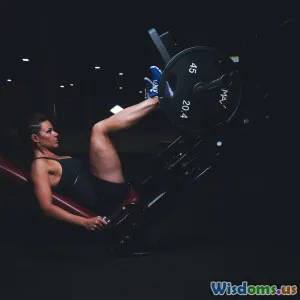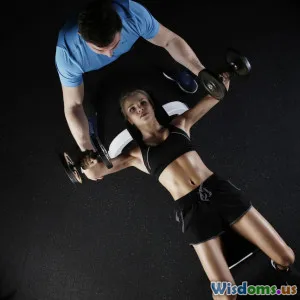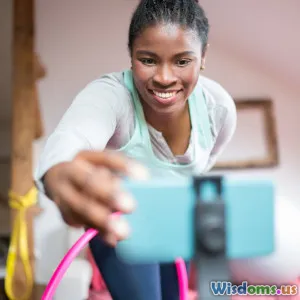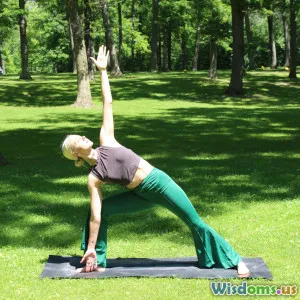
Spotlight on Seniors Inspiring Stories of Flexibility Gains
14 min read Celebrating seniors who have improved their flexibility, showcasing real-life stories, techniques, and proven results for motivation and healthy aging. (0 Reviews)
Spotlight on Seniors: Inspiring Stories of Flexibility Gains
While it’s often said that youth is wasted on the young, seniors across the globe are proving that vitality isn’t dictated by age. From gentle yoga classes to mastering stretching routines, older adults are redefining what it means to age gracefully. Their stories shatter stereotypes, offering hope, practical wisdom, and inspiration for anyone longing to feel more limber—no matter their age.
Rediscovering Mobility at 70 and Beyond

Evelyn Richards, 74, might not fit your typical vision of an active retiree. Before turning 70, she struggled to touch her toes and found everyday activities like climbing stairs daunting. A fall in her garden served as a wake-up call. “That scare made me realize if I don’t move now, I may lose the ability to move altogether,” Evelyn shares.
Evelyn’s doctor suggested a gentle stretching program offered at her local community center. After just six months of consistency—attending twice-weekly gentle yoga and stretching classes—she began to notice transformative changes: bending became easier, her back pain decreased, and she moved with newfound confidence. As of 2024, Evelyn walks several miles a week and has integrated squatting to garden beds and playing on the floor with her grandchildren into her regular routines.
Key takeaways from Evelyn’s experience:
- Consistency trumps intensity. Regular, gentle stretching produced stronger results and confidence over high-intensity, sporadic workouts.
- Improved mobility equals regained independence. Everyday actions such as rising from a chair became easier, directly enhancing her quality of life.
- Social support matters. The camaraderie in her stretch class kept her motivated and accountable.
Her journey became a beacon for her retirement community, inspiring others—some well into their 80s—to join the movement toward flexibility and functional fitness.
Real-World Tips: Cultivating Flexibility Safely
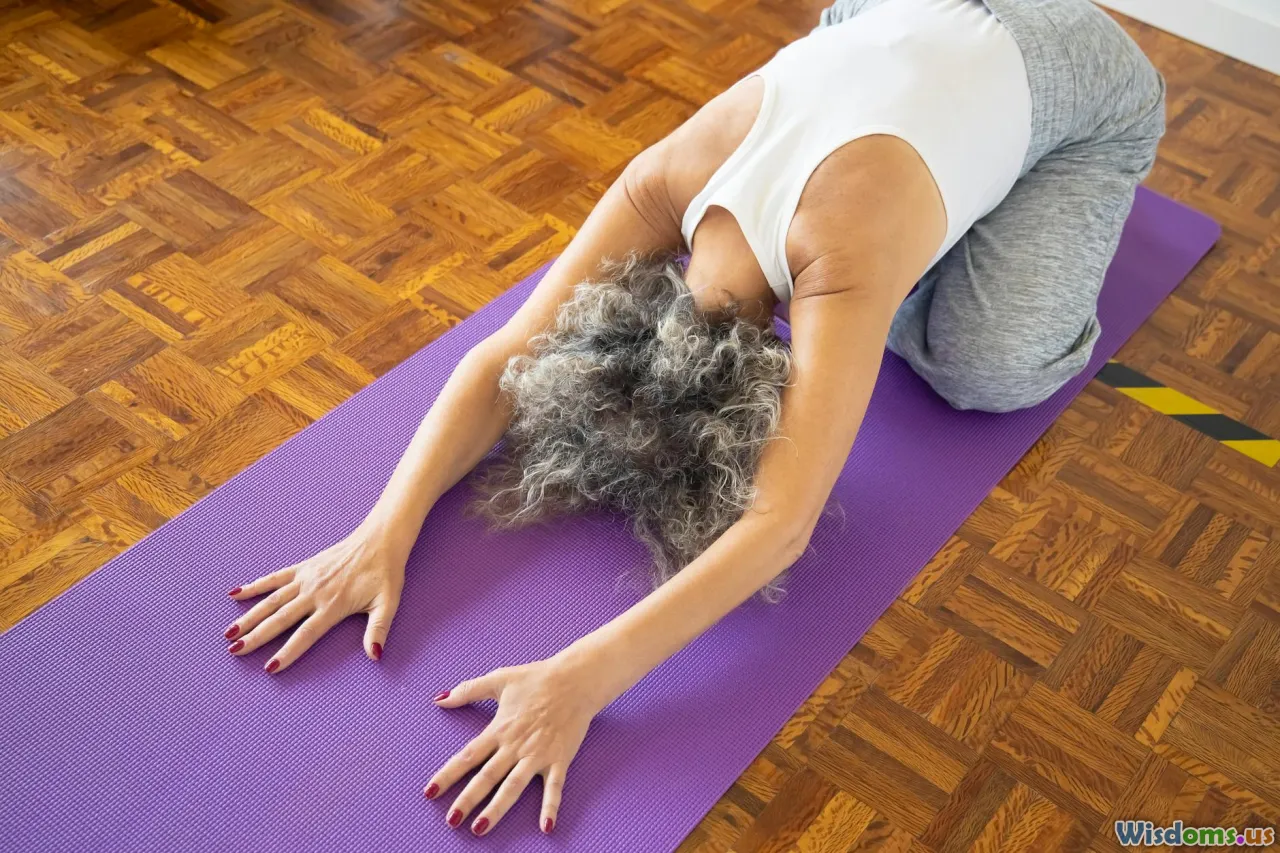
Inspired by countless seniors like Evelyn, physical therapists and movement experts have crafted beginner-friendly tips just for older adults:
- Start Small and Gentle: Dynamic stretching (moving through a comfortable range of motion) is often safer than static holds for those with stiffness. For example, shoulder rolls and leg swings gently warm up joints.
- Focus on Major Muscle Groups: Prioritize flexibility in areas often impacted by aging—in particular,
- Neck and shoulders (reducing tension and improving daily reach)
- Hips and hamstrings (key for walking and balance)
- Calves and ankles (critical for stability)
- Balance and Support: Always stretch near a sturdy surface or use a chair as support. Many programs tailor routines for those using walkers or canes.
- Breathe Deeply: Coordinated breath with movement not only increases oxygen to muscles but also provides a calming effect—relaxing muscles for deeper stretches.
- Keep it Regular: Try to stretch every day, even if some days are just a few minutes.
Remember, no single routine is universal. Seniors should consult healthcare or movement professionals before embarking on new exercise, especially if managing chronic conditions such as osteoporosis or arthritis.
Stories of Reversal: From Sedentary Lifestyles to Flourishing Flexibility

Meet Luis Gomez, 82, once a dedicated accountant—and lifelong avoider of exercise. Luis embraced a sedentary lifestyle in retirement until chronic knee pain threatened his independence. Reluctantly, he joined a Tai Chi for Seniors class sponsored by his local library’s healthy aging initiative.
Six months in, Luis beams when describing his transformation: “I barely used to leave my sofa, but now, I join a group twice a week in the park. My knee pain is rarer and I feel lighter.”
Luis’s story mirrors the findings of a 2020 study published in the Journal of Aging and Physical Activity, which found that older adults who participated in low-impact, flowing movements like Tai Chi or water aerobics not only increased flexibility but also reported improved confidence, improved sleep, and sharper minds. Another real-world example includes a seniors’ center in Vancouver where the number of residents using mobility aids decreased by 15% after the introduction of daily stretching programs.
Luis’s advice to other seniors:
- “It’s never too late to start. Even if you’re stiff as a board, you’ll see change—one small stretch at a time.”
- “Finding a welcoming, judgment-free group took away my fear.”
Luis’s success demonstrates that flexibility gains are attainable, even starting from a baseline of minimal movement. Each session compounds the benefits, weaving small improvements into significant lifestyle changes.
Flexibility as a Gateway to Independence
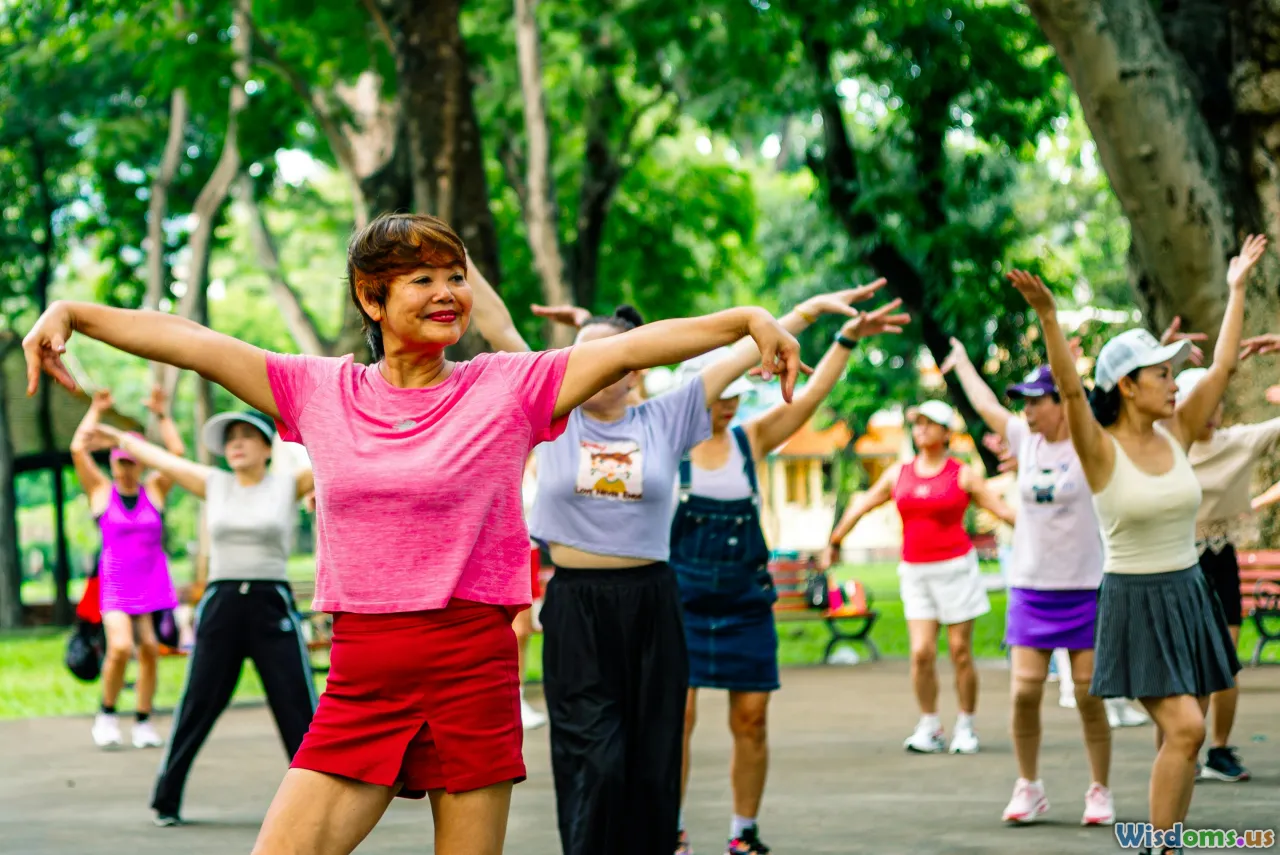
Nowhere is flexibility’s power more evident than in stories where seniors reclaim independence. Joanne Lin, 79, delighted in gardening and painting for most of her adult life. Early signs of stiffness and limited range-of-motion in her shoulders and hips cast a somber shadow—she struggled to kneel among her flowers or lift an easel to paint.
Determined, Joanne sought help from an occupational therapist, who prescribed targeted stretching and strengthening exercises. By focusing on functional flexibility—movements mimicking those she treasured—Joanne regained full use of her shoulders and significantly reduced hip stiffness.
A 2023 report by the American Geriatrics Society found that older adults who participate in functional flexibility programs are up to 40% more likely to independently perform complex daily activities, from dressing to cooking and bathing, compared to inactive peers. The same report underscores that such gains dramatically reduce the risk of falls—the leading cause of hospitalization for seniors in North America.
Joanne’s example underscores several actionable strategies:
- Link stretching to enjoyable, meaningful activities.
- Keep goals functional: Focus on the movements most critical to personal happiness and autonomy.
Reinstating confidence in movements cherished for decades can be the difference between passively relying on others and actively engaging in life’s joys.
Bridging Generations: The Social Power of Group Flexibility Classes

While flexibility gains rejuvenate the body, they also nourish the spirit—particularly through social engagement. Group stretch and fitness classes have surged in popularity among retirees eager to connect. Incorporating music, laughter, and gentle encouragement, these sessions bridge generations.
Take the innovative "Stretch & Share" initiative in Cleveland, which pairs seniors with younger volunteers from local high schools. The results? Dramatic improvements in flexibility scores (measured by the Sit-and-Reach test), but perhaps even more notably—a 25% reduction in reported feelings of loneliness among participants, according to the program’s 2022 internal survey.
Social interaction bolsters motivation and consistency. Participants, inspired by both peers and younger trainees, are more likely to persist with routines when accountability and friendly faces are involved. The synergy of shared achievement—celebrating each new centimeter gained in flexibility—infuses each session with laughter and connection.
The Science Behind Flexibility: How Older Bodies Adapt
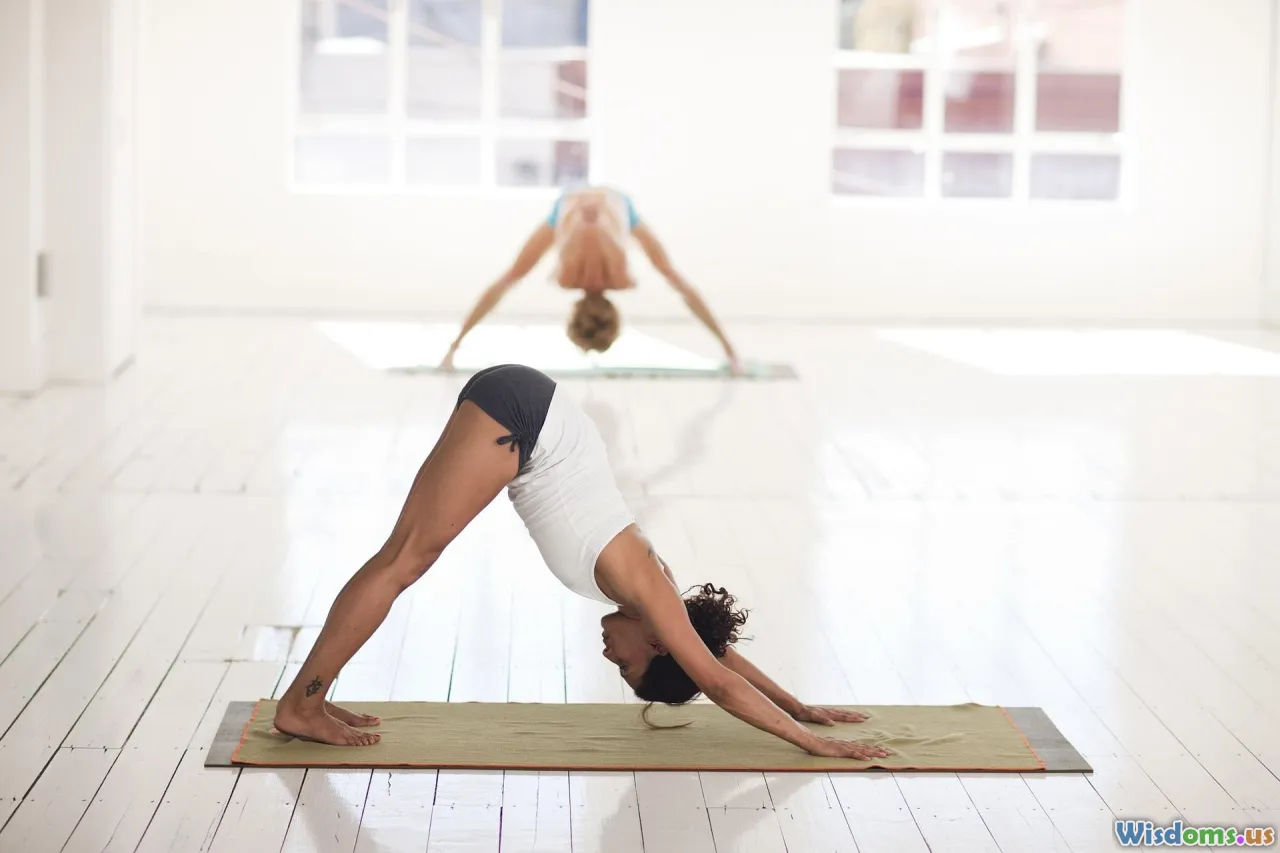
Contrary to old myths, advances in geriatric health show that senior bodies retain the ability to adapt to flexibility training. While age-related changes such as a loss of collagen elasticity and decreased joint fluidity are real, they are not irreversible.
A 2019 controlled trial published in Geriatrics and Gerontology International revealed that adults over 65 who performed 20 minutes of guided stretching four times weekly increased hamstring flexibility by an average of 20% over three months, with similarly notable gains in posture and walking stride.
What happens beneath the surface?
- Muscle fibers lengthen: Slow, steady stretches cause muscle fibers and connective tissue to gradually elongate.
- Joint lubrication increases: Movement stimulates synovial fluid production, lubricating joints and easing stiffness.
- Neuromuscular adaptations occur: The brain becomes more confident in allowing greater movement, reducing the sensation of restriction.
The takeaway? The senior body is far more capable than once thought. When approached with patience and respect, the aging body can and does reawaken remarkable flexibility.
Action Plan: Starting—and Sustaining—Your Own Flexibility Journey

Inspired by these compelling success stories and scientific affirmations, how can you or a loved one embark on a similar path?
Step 1: Assess your current flexibility. Simple, gentle tests—such as seeing if you can touch your toes or clasp your hands behind your back—provide a useful baseline.
Step 2: Seek guidance. Partner with your healthcare provider or a certified trainer experienced with seniors to design a plan tailored to your needs, considering any pre-existing health conditions.
Step 3: Create a simple routine. Begin with basic moves you can stick with daily. Think of:
- Overhead shoulder reaches
- Neck rotations
- Ankle circles
- Seated hamstring stretches
- Cat-cow poses for the back
Step 4: Integrate movement into life. Link stretches with daily habits. Stretch while waiting for coffee to brew or during commercial breaks. Over time, five minutes here and there add up.
Step 5: Track your progress. A diary or journal—documenting days stretched, new movements accomplished, or improvements in daily function—fuel motivation and celebrate milestones.
Step 6: Celebrate and share your success. Like the thriving seniors in these stories, involving family, friends, or a community group adds motivation and joy.
Future Horizons: Flexibility Is Ageless

These real-life narratives and scientific insights combine to form a clarion call: flexibility is a lifelong pursuit with immense rewards, unapologetically ageless.
From local community centers to innovative science-backed programs, the movement toward increased mobility and flexibility among seniors continues to gain momentum in 2024, opening new doors to health, happiness, and active independence.
Whether you’re inspired by Evelyn, Luis, Joanne, or the countless unnamed trailblazers, let their experiences light your own journey. In the end, each stretch isn’t just a movement of the body—it’s a declaration that life’s joys and adventures don’t have an expiration date.
Rate the Post
User Reviews
Popular Posts










